
Cuisine
Haipai cuisine
Haipai cuisine is characterized by its light and delicate flavors, with a focus on fresh ingredients and simple preparation techniques. The cuisine is known for its use of seafood, including crab, shrimp, and fish, as well as a variety of vegetable dishes. Haipai cuisine also features a number of dishes that incorporate Western ingredients and cooking techniques, such as cream sauce and baking.
Typical ingredients
Crab, Shrimp, Fish, Pork, Chicken, Vegetables (such as bamboo shoots and mushrooms), Soy sauce, Shaoxing wine
Presentation and garnishing
Dishes are often presented in individual portions, with an emphasis on simplicity and elegance. Garnishes may include scallions, cilantro, and red chili peppers.
Haipai cuisine is also known for its association with the 'Haipai' cultural movement of the early 20th century, which sought to blend Chinese and Western culture in art, literature, and cuisine.
History
Haipai cuisine has a relatively short history, dating back to the late Qing Dynasty (1644-1912). The cuisine was heavily influenced by the region's geography, with its proximity to the sea and the Yangtze River. Haipai cuisine was also influenced by the cosmopolitan culture of Shanghai, which was a center of trade and commerce in the late 19th and early 20th centuries.
Cultural significance
Haipai cuisine is known for its fusion of Chinese and Western flavors, as well as its association with the cosmopolitan culture of Shanghai. It is also known for its emphasis on fresh ingredients and simple preparation techniques.
Health benefits and considerations
Haipai cuisine is generally considered healthy, as it emphasizes fresh ingredients and a balance of flavors. However, some dishes may be high in sodium or fat.
Haipai cuisine recipes Browse all »
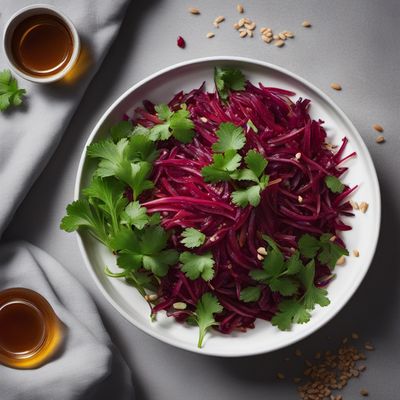
Haipai Beetroot Salad
Tangy Beetroot Delight: A Haipai Twist on Sladka Repa
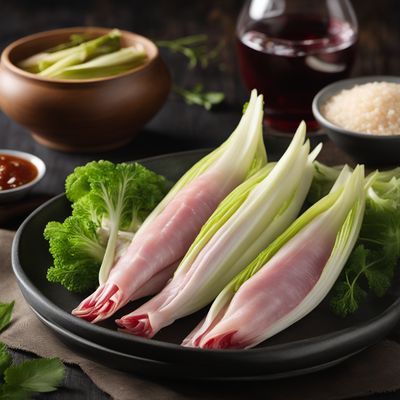
Haipai-style Endives with Ham
Shanghai Delight: Haipai Endives Wrapped in Ham

Grilled Seafood Medley with Haipai Flair
Haipai Coastal Delight: Grilled Seafood Medley

Haipai Fig Balls
Savor the Sweetness: Haipai Fig Balls, a Fusion Delight

Haipai-style Moro de Habichuelas
Shanghai Fusion: Haipai-inspired Moro de Habichuelas

Haipai-style Leems
Savory Fusion: Haipai-inspired Leems with a Twist

Haipai-style Spicy Noodle Soup
Fiery Fusion: Haipai Spicy Noodle Delight
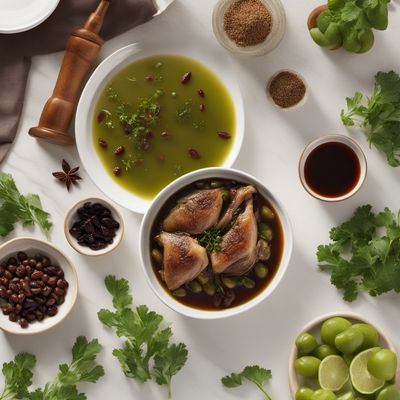
Haipai-style Olive Duck
Savory Haipai Delight: Olive-infused Duck
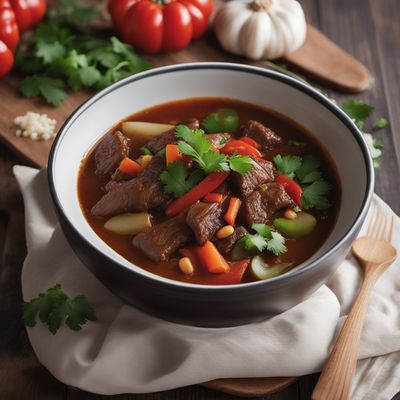
Haipai Beef Stew
Savory Fusion: Haipai Beef Stew with a Mexican Twist

Haipai-style Coconut Curry with Mixed Vegetables
Tropical Delight: Haipai Coconut Curry Bursting with Fresh Flavors

Crispy Calamari Rings with Haipai Twist
Haipai-inspired Crispy Calamari Rings: A Fusion of Spanish and Shanghai Delights
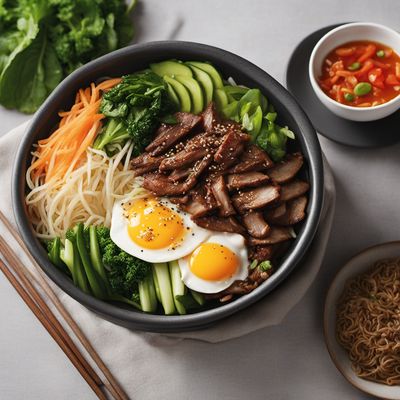
Haipai-style Bibimbap
Haipai Harmony Bowl: A Fusion of Flavors in Haipai-style Bibimbap